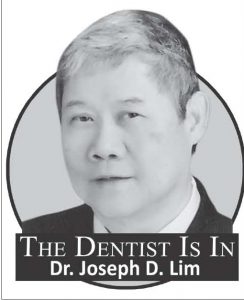
Chinese researchers have created a new gel that enables the tooth enamel to repair itself.
The research was led by Dr. Ruikang Tang of the Department of Chemistry and Center for Biomaterials and Biopathways, Zhejiang University, Hangzhou, Zhejiang, China.
The co-researchers were from the Department of Physics, Research Institute for Biomimetic and Soft Matter, Jiujiang Research Institute, Xiamen University, Xiamen; Department of Prosthodontics, Hospital of Stomatology, Zhejiang University School of Medicine; Qiushi Academy for Advanced Studies, Zhejiang University; and the State Key Laboratory of Silicon Materials, Zhejiang University.
Written in the Aug. 30, 2019 issue of the journal Science Advances, the researchers said they used a gel that contains calcium and phosphate, the building blocks of real enamel.
The gel was applied on human teeth taken from patients and kept in a solution to simulate the environment of the mouth. The teeth were damaged by acid in the mouth.
The gel stimulated the growth of new enamel in the same highly ordered arrangement of calcium and phosphate crystals found in natural enamel.
It succeeded in making the enamel repair itself within only two days.
The gel is probably far from being used in dental care; the gel generated a layer of about three micrometers; that’s about 400 times thinner than undamaged enamel.
Dr. Tang believes the gel could be repeatedly applied to increase the layer.
The gel is now being tested on mice. Human testing, when the gel is tested while people eat and drink as they would do in normal circumstances would come later, according to the New Scientist.
Enamel, the hardest tissue in the human body, is the mineral substance that covers the teeth surface.
Enamel forms naturally; when mature, it cannot repair itself.
While the protective layer is hard enough on the outside, it can be worn down by constant chewing and eroded by acid leading to the formation of cavities.
Scientists have long wanted the enamel structure to repair itself but this has never been achieved. Enamel is difficult to duplicate artificially – it is made of enamel rods interwoven with each other in a pattern resembling that of fish scales, which is why it is the hardest tissue in humans.
What dentists currently do is use resins, ceramics and amalgam fillings to restore enamel. But these foreign materials do not bind 100 percent to the tooth surface; they are not permanent repairs and can become loose.
As a consequence, caries – or tooth decay – are one of the most prevalent chronic diseases in humans, the researchers reported./WDJ
